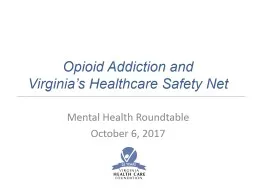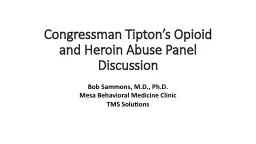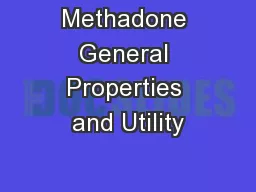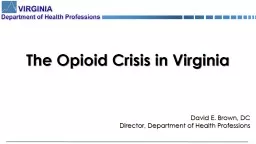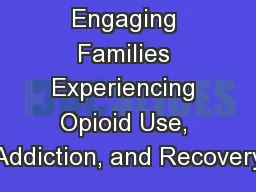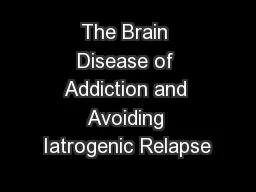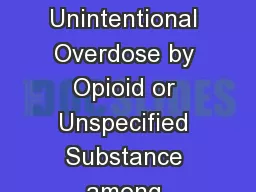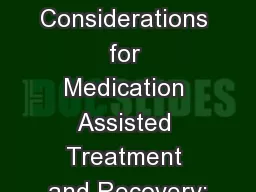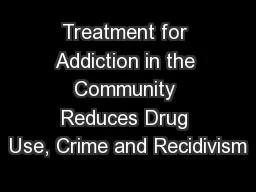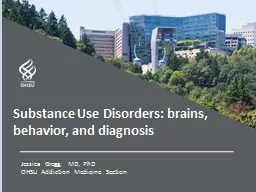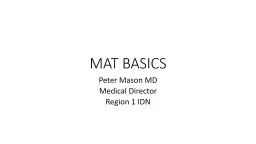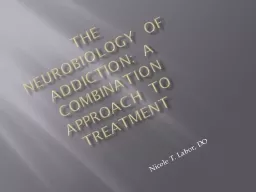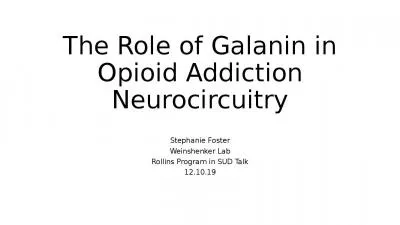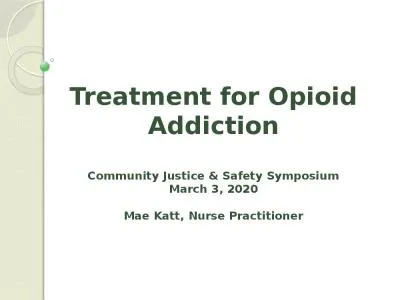PPT-Opioid Addiction in Virginia
Author : yoshiko-marsland | Published Date : 2018-11-09
Mental Health Roundtable October 6 2017 Last year 1138 Virginians died from an opioid overdose Profile of Opioid Addiction Opioids are natural and synthetic
Presentation Embed Code
Download Presentation
Download Presentation The PPT/PDF document "Opioid Addiction in Virginia" is the property of its rightful owner. Permission is granted to download and print the materials on this website for personal, non-commercial use only, and to display it on your personal computer provided you do not modify the materials and that you retain all copyright notices contained in the materials. By downloading content from our website, you accept the terms of this agreement.
Opioid Addiction in Virginia: Transcript
Download Rules Of Document
"Opioid Addiction in Virginia"The content belongs to its owner. You may download and print it for personal use, without modification, and keep all copyright notices. By downloading, you agree to these terms.
Related Documents

